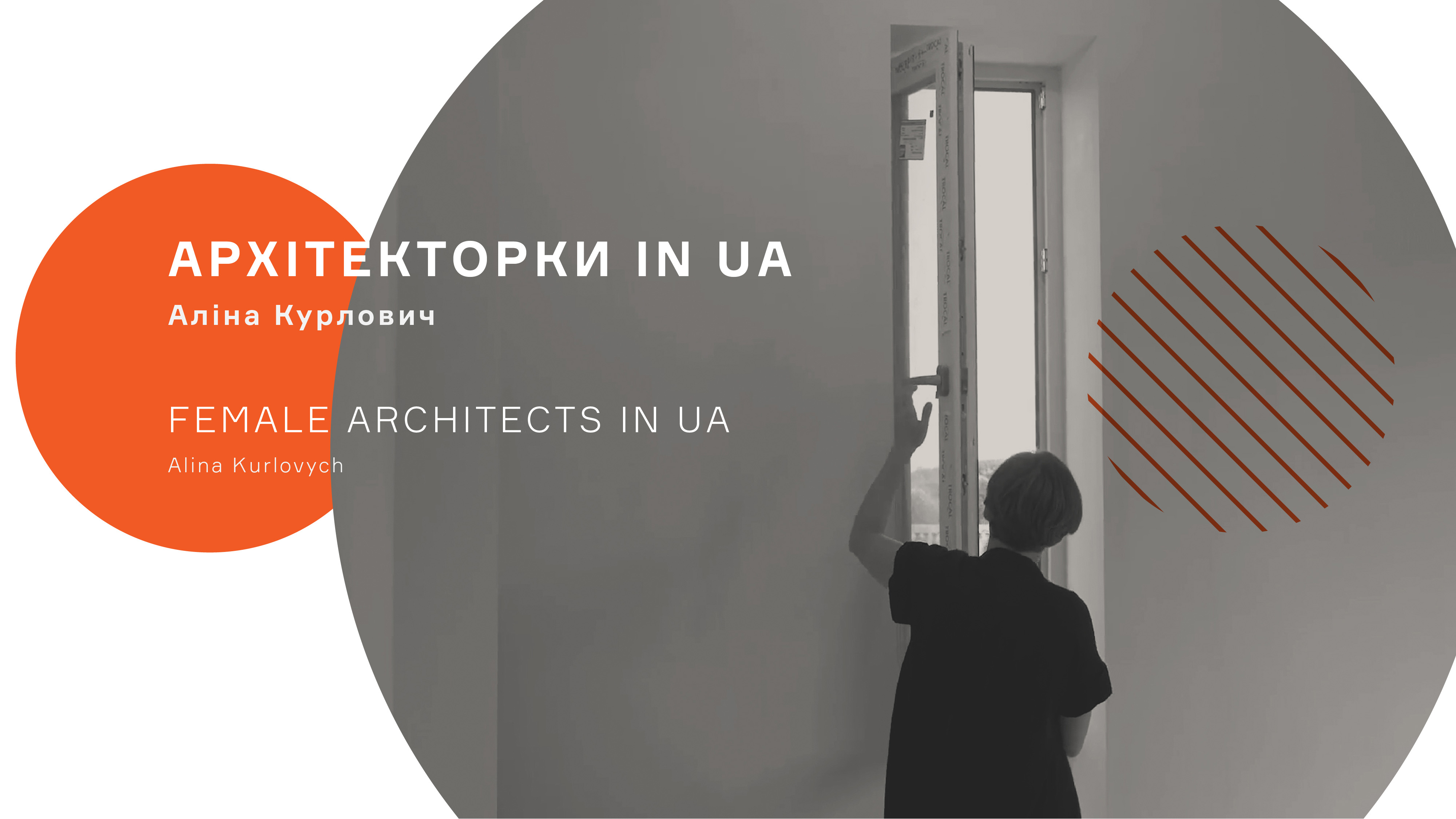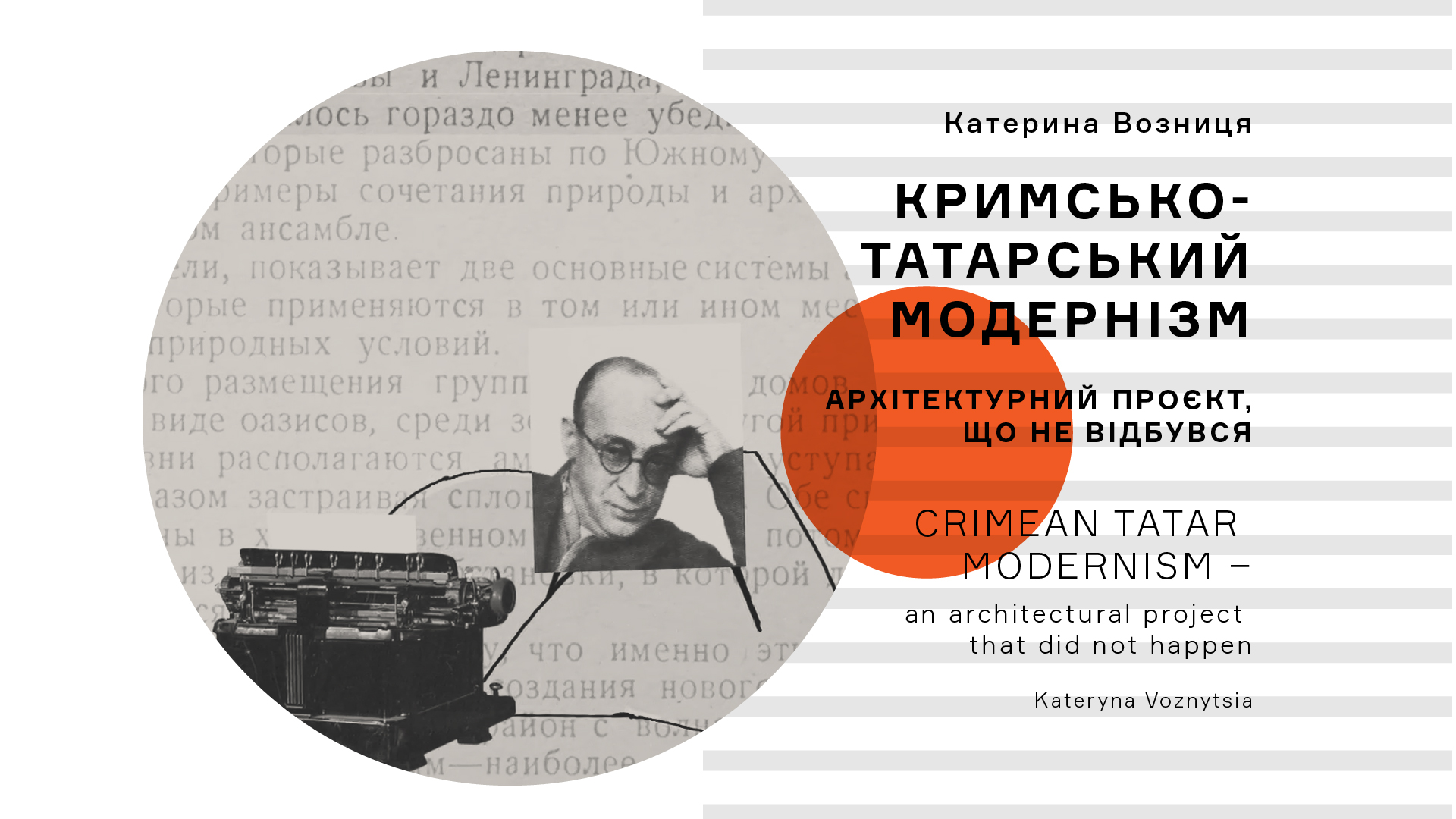The format of this essay is too short to describe the figure of Natalia Chmutina and her contribution to the formation and evolution of Ukrainian architecture. Anyway, I want to share some of my thoughts about her role in the architectural development of Ukraine, and highlight a number of important facts in her biography that reveal the personality of this “Iron Lady” of Ukrainian architecture – this is how she was often called by her students and colleagues. Here is what Borys Yerofalov recollects about Natalia Chmutina, “As a teacher, she left an indelible impression of a real “Iron Lady”. Margaret Thatcher in architecture. Businesslike and restrained. I remember, even now, her modest dark costume. She always looked perfect, with a strong sense of dignity and without extravagance. She never indulged in emotional outbursts or escapades that some teachers were prone to. Natialia was always tactful, amiable, and calm. Her very looks were a sample of high style in architecture. When Chmutina walked down the hall of the Institute of Fine Arts, it seemed to turn into a House of Lords. Very high style indeed”.
She held the first place in many different aspects, but her reserved character did not let her boast of her achievements. She managed to preserve her own spiritual and cultural values that also encouraged her to maintain excellent quality in everything she did. Aggressive surrounding and severe limitations of the USSR did not affect her personality. She always had deep respect for human dignity. Creating unique buildings and implementing ambitious scientific ideas, she touched the heights of architectural success. Her designs were recognized not only in the homeland, but also in Europe.
In 1930 Natalia Chmutina entered the architectural department of Kyiv Civil Engineering Institute. It was the first year that architecture students were enrolled in that institute (now known as Kyiv National University of Construction and Architecture). She was in the studio run by Volodymyr Zabolotny. Being an active student, she took part in competitions well before graduation. Leonid Serpilin, a writer, who studied together with Natalia Chmutina, wrote later in his memoirs the following, “She seemed to be everywhere and she seemed to have time for everything. She was a top student, interested in everything and well-read. She excelled in drawing and painting, and learned foreign languages.”
In February 1936 Natalia Chmutina graduated from Kyiv Civil Engineering Institute with flying colours, among the first architecture graduates. Being part of the team led by Zabolotny, she won the second prize in the competition for the Government building in Kyiv. She was also awarded the first prize in the closed competition for the debating chamber of the Verkhovna Rada in Kyiv. The latter was implemented in the long run.
During the same year, in 1936, Natalia was busy designing “Riviera” restaurant on the slope of the Dnieper river (in collaboration with A.V. Dobrovolsky abd E.M. Sarnavsky). Besides, in 1939, she designed apartment houses in Kruty Uzviz in Kyiv for the Aircraft Repair Plant No 43 (now known as “Aviant” State Aircraft Company).
During World War II, from October 1941 to December 1942, she never stopped working as an architect after evacuation. In early 1944, after she had moved to Moscow, she worked in the evacuated Institute of Art Studies and Folklore under the Ukrainian SSR Academy of Sciences. Having returned to Kyiv in 1944, Natialia Chmutina enrolled for a postgraduate program at the Ukrainian SSR Academy of Architecture, which she finished in 1947.
Interestingly, the Ukrainian chapter of the Academy of Sciences of the Soviet Union was established in 1944, followed by the Ukrainian SSR Academy of Architecture one year later. It means that Natalia Chmutina was the first postgraduate student in architecture in the Soviet Ukraine. In 1952 she defended her thesis under the supervision of Volodymyr Zabolotny. Her personal dossier says that the number of her PhD diploma was 005, and the defence took place in Moscow. All these facts point to a major conclusion that Natalia was the fifth person in the whole USSR who defended a PhD thesis in architecture. Just imagine – the fifth PhD thesis altogether and the first female architect with a PhD degree! The topic of her thesis was new for the Soviet Union and served an educational purpose. It was the first attempt to suggest the design and to structure the work of the Civil Registry Office (Kyiv Civil Registry Office was chosen to become a benchmark building in this respect).
Natalia Chmutina was the first female architect to be awarded the title of the People’s Architect of the Ukrainian SSR, and she had every professional right to that.
Natalia was fluent in German and French, so in 1965 she gave a talk at the VIII Congress of the International Union of Architects in Paris. The event played an important role in improving the architectural education in general, as it gathered university teachers from 59 different countries who shared their experience in order to develop new approaches for training architects. The topic of Natalia’s talk was never made public in the Soviet Union. Nothing is mentioned in printed sources published in Ukraine and in the whole USSR. This information could only be discovered thanks to the original French sources.
In appeared that Natalia Chmutina’s talk was essentially feminist in its nature. In everyday life she never took active part in feminist debates. In fact, she even thought that architecture was still men’s occupation although she herself devoted her whole life to this job. This was caused by male dominated environment in this profession and science. During the so-called Thaw period, the Soviet Union raised the iron curtain for a while. The congress in Paris attended by the delegation of Soviet architects and by Natalia Chmutina in particular was the first moment of unity with the global architectural process, which had not happened for decades. However, this period of openness did not last long.
In her designs, Natalia turned to a variety of arts and collaborated with different artists. Among them there was Viktor Nekrasov, an architect and a writer, Lyudmyla Zhohol, a tapestry master, and Valentyn Znoba, a sculptor. Ukrainian traditional motives can be found in the interior designs for hotels “Dnipro”, “Tarasova Hora”, “Lybid”.
The buildings designed by Natalia Chmutina give us a good chance to trace common trends and principles of architectural development over a long period of time. They also tell us a lot about the changeable conditions imposed on the architects at that time. Nevertheless, in spite of all these factors, including the ideological and professional pressure on the part of the authorities, Chmutina never lost her striking creative personality in the context of Soviet architecture.

































